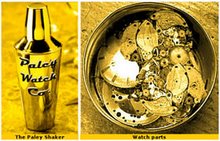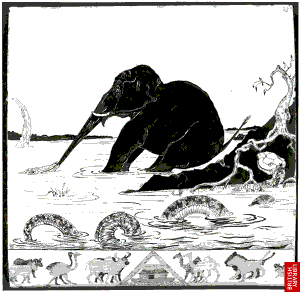 Jellyfish may owe thanks to a humble bacterium for their ability to sting prey. Scientists have found that one of the genes necessary for them to sting is similar to a gene in bacteria, suggesting the ancestors of jellyfish picked up the gene from microbes. The research is published this week in Current Biology.
Jellyfish may owe thanks to a humble bacterium for their ability to sting prey. Scientists have found that one of the genes necessary for them to sting is similar to a gene in bacteria, suggesting the ancestors of jellyfish picked up the gene from microbes. The research is published this week in Current Biology."The result was a great surprise," says developmental biologist Nicolas Rabet of the Pierre and Marie Curie University in Paris, France, who led the team. "[This kind of] horizontal gene transfer is often neglected, and could sometimes be more important than we thought." Unlike vertical gene transfer from parent to offspring, the horizontal variety happens between organisms, or even between different species.
According to Casey Dunn , an evolutionary biologist who studies phylogenetic problems "There are other explanations for the incongruencies they see in the tree such as coevolution", but Rabet points out that that since the PGA synthase gene is approximately 1000 bases long, it is statistically unlikely to be the product of multiple distinct genes converging on the same sequence.
Storyteller: Nicolas Rabet of the Pierre and Marie Curie University in Paris, France
Source: How the Jellyfish got its sting
Source: Tree of Life gets stung by JellyFish







.jpg)























No comments:
Post a Comment